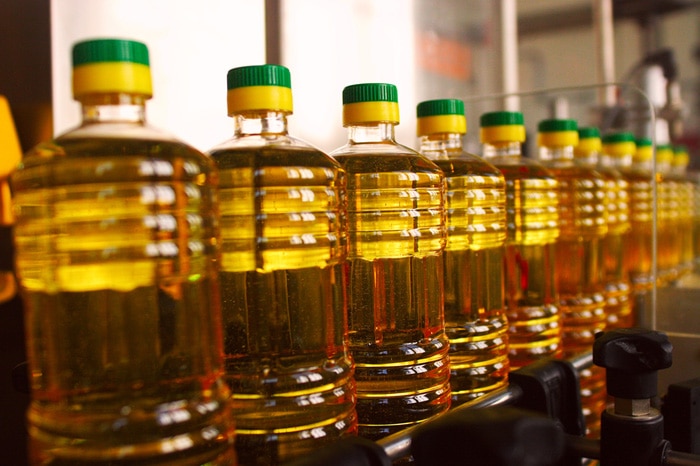
Written By: Sofia Layarda, MPH
Title: Master of Public Health
Alumni: University of California, Berkeley
Last Updated on:

A recent study published in the British Medical Journal is questioning the recommendations still being made by some organizations regarding the replacement of saturated fats with polyunsaturated fats. When it comes to heart-healthy choices, is one type of fat better than another?

Table of Contents
In the debate surrounding heart-healthy fats, the general guidelines often suggest the use of “vegetable oils” to replace saturated fats such as butter. However, vegetable oils are not all created equal. While vegetable oils as a group are higher in unsaturated fats (whether monounsaturated or polyunsaturated fats), the type of unsaturated fat differs depending on the source. In addition, some vegetable-sourced oils are actually high in saturated fats. Here is a breakdown of the most commonly used vegetable oils and their primary type of fatty acids:
| Primary Type of Fatty Acids | Vegetable Oil Sources |
| Polyunsaturated (PUFA), omega-6 fatty acids | corn, safflower, soy, sunflower, grapeseed, cottonseed |
| Polyunsaturated (PUFA), omega-3 fatty acids | canola, flax, walnut |
| Monounsaturated (MUFA) fatty acids | avocado, olives, nuts, canola |
| Saturated (SFA) fatty acids | palm, coconut |
You may wonder where you would find soy, cottonseed (high in omega-6), or palm (high in saturated fat) oils. Even if these oils are not sold by the bottle at the store, they are found extensively in many processed foods. Cottonseed and soy are often found in chips, roasted nuts or snack mixes, crackers, cookies, and “puffs”-type snacks, as well as in fried foods. Palm oil is often found in instant noodles, microwave popcorn, boxed cookies (used to replace trans fats), and crackers. The main reason for the use of these oils? They are cheaper and more shelf-stable than the omega-3 rich oils.
The problem with the “typical” North American diet is the replacement of saturated fats by oils rich in omega-6 fatty acids. Both omega-6 and omega-3 fatty acids from the foods we eat are converted to eicosanoids, which play many regulatory functions in the body. Eicosanoids derived from omega-6 fatty acids are immunosuppresive, vasoconstrictive (they have a blood vessel-narrowing effect) and inflammatory, and they induce clotting/platelet aggregation. On the other hand, eicosanoids derived from omega-3 fatty acids are vasodilatory (they relax blood vessels), inhibit platelet aggregation, and do not suppress the immune system. A dietary pattern that relies heavily on takeout, restaurant or snack foods will be much higher in the inflammatory omega-6 fatty acids compared to one that derives most of the fat from omega-3 or monounsaturated fat sources.
If you are looking to reduce the load of saturated fat from the foods you eat, replace the fats with foods high in monounsaturated or omega-3 fatty acids instead. We know that the problem with vegetable oils is the pervasive use of oils rich in omega-6 fatty acids, which promote pro-inflammatory pathways in the body. This means also avoiding pre-roasted or seasoned nuts because they are typically roasted using oils high in omega-6 fatty acids.
Regardless of the type of fats, unsaturated or saturated, the caloric load is the same: 1 g of fat contains 9 kcal. So the total amount of fat you use should still be managed.
Alumni: University of California, Berkeley – Sofia believes in bringing back fun and pleasure into everyday eating. She loves cooking, and is constantly experimenting with ingredients, creating recipes and trying them out on family and friends. Her latest interest lies in finding realistic and practical ways of environmentally-friendly food/eating habits.
fish, heart smart, nuts, seeds